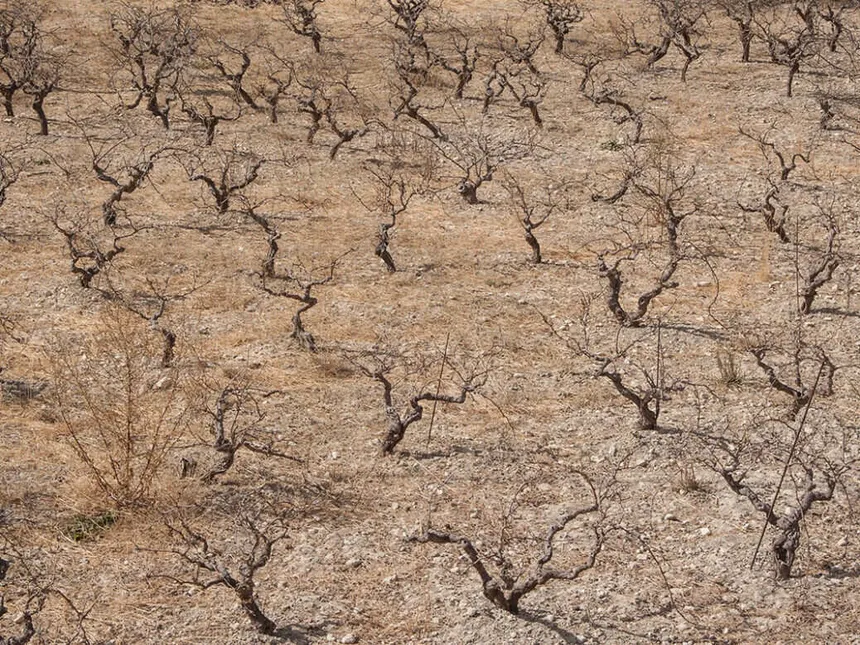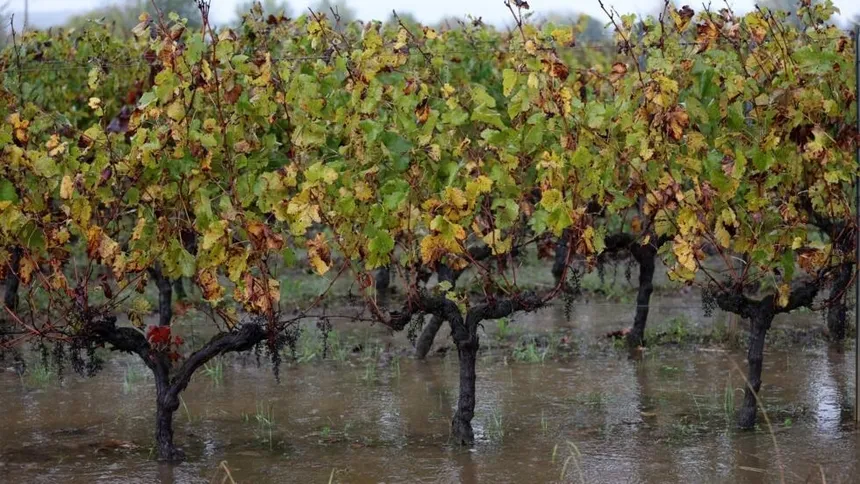Global wine output has plummeted to its lowest level since 1961, according to the International Organisation of Vine and Wine (OIV). The intergovernmental body reported that the 2022 harvest yielded 244.1 million hectolitres, a seven percent decline from the previous year. The organisation attributed this drastic drop to extreme climate conditions, which have had a significant impact on the world’s vineyards.
Countries in the southern hemisphere were particularly hard hit, with major producers like Australia, Argentina, Chile, South Africa, and Brazil experiencing significant decreases in production, ranging from 10 to 30 percent. Italy, once the top world producer, lost its title as its output fell 12 percent, allowing France to reclaim the top spot with steady production.
Spain, meanwhile, held onto its position as the world’s third-largest wine producer, despite a 14 percent decline in production. Its output, however, was down 19 percent from its five-year average. The OIV notes that this diminished production may bring balance to the market, which has been plagued by declining global consumption and high stockpiles.

While the OIV links the decline in production to extreme weather events, experts are cautious about attributing the damage to climate change. Inaki Garcia de Cortazar-Atauri, a specialist at the French national agronomical research institute INRAE, points out that the damage in Italy was likely due to the inability of farmed land to absorb water, rather than direct climate change.
However, de Cortazar-Atauri notes that extreme weather events are becoming increasingly frequent, with heatwaves and rainy periods striking specific regions and exacerbating existing problems like mildew. As the frequency and severity of these events continue to rise, it’s crucial for the wine industry to adapt and find ways to mitigate the impact of climate change on production.
The industry may be facing a silver lining, albeit a tumultuous one, in the form of market equilibrium. The OIV suggests that the expected low production this year could help alleviate the market imbalance, bringing it closer to a state of balance. Despite the challenges posed by extreme weather, the wine industry continues to navigate the complexities of climate change, seeking ways to ensure a sustainable future for its production and consumption.

